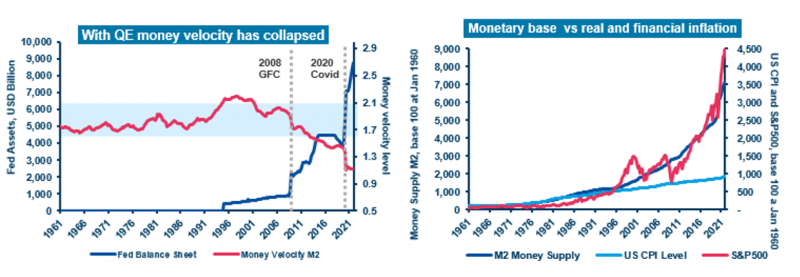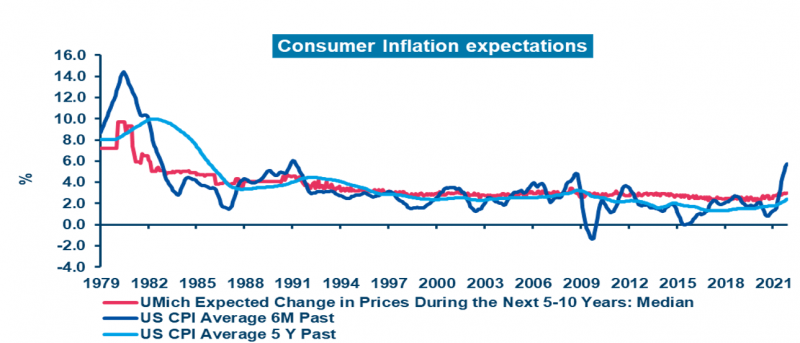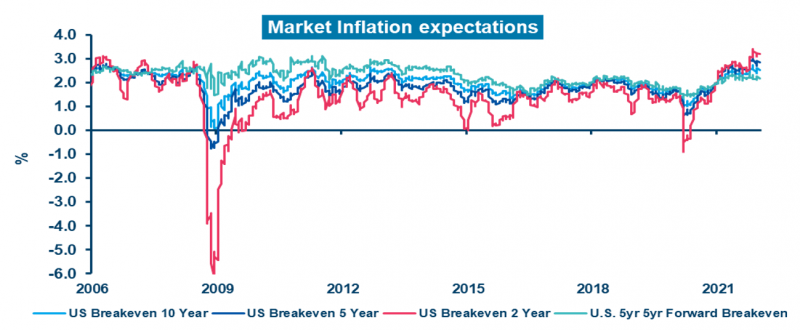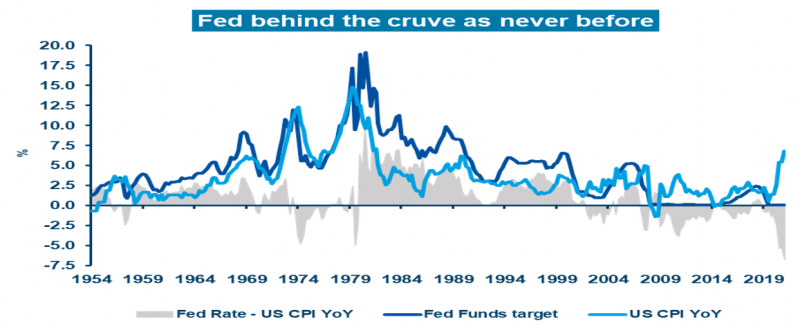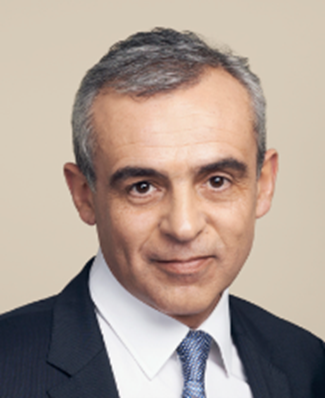Pascal Blanqué has been Chief Investment Officer Group at AMUNDI (formerly known as Crédit Agricole Asset Management, CAAM) and member of the Executive Committee since February 2005. He has also been heading the third party distributors business since 2010 up to 2016 and the Institutional Business since 2010 up to 2017.He was also appointed Chairman of the Board of CPR AM in January 2007. From 2000 to 2005 he was Head of Economic Research and Chief Economist of Crédit Agricole. Before joining Crédit Agricole, Pascal Blanqué was Deputy Director of the Economic Research Department at Paribas (1997-2000) following four years as a strategist in asset allocation at Paribas Asset Management in London (1992- 1996). He began his career in institutional and private asset management at Paribas in 1991. As an economist and a financial historian Pascal Blanqué is the author of several contributions. His research interests and his academic work focus on monetary issues, the functioning of financial markets and the philosophical foundations of economics. His books include Money, Memory and Asset Prices, The Social Economy of Freedom, Philosophy in Economics, Essays in Positive Investment Management and The Economic and Financial Order, all published and distributed by Economica and Brookings Institution Press. He has been awarded the Turgot Prize in Financial Economics for his book 10 Weeks into Covid-19. His publications in international Journals and specialized newspapers include numerous articles concerning financial history, economics and policy making. He taught and carried out research at Ecole Normale Supérieure, Ecole Polytechnique and Paris-Dauphine University. He is a member of the French Société d’Economie Politique, The 300 Club, the MSCI Advisory Council and the Bretton Woods Committee. Pascal Blanqué was awarded European CIO of the Year 2013, 2018 and 2021 by Funds Europe Magazine. He also received the Manager Lifetime Achievement Award 2016 by Institutional Investor. Born in 1964, Pascal Blanqué studied at the Ecole Normale Supérieure. He is a graduate of Paris’s Institut d’Etudes Politiques and holds a Phd in Finance from Paris-Dauphine University.


